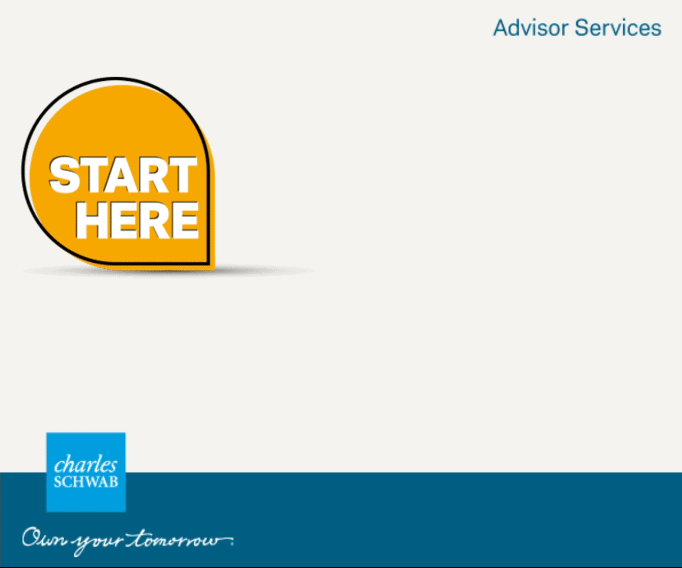“What is your minimum?” Every advisor has been asked that question. It is challenging because most firms began their move upmarket years ago. Firms spell out minimums very clearly to advisors, but it is awkward using the same words when the clint asks the question. What can you do?
Let us assume the threshold is $250,000 in investible assets. If you put the number out there, it becomes an over/under situation. If you have ever gone clubbing and seen the sign at the front of the line “Age 25 and over” you know the feeling. You are over 21, the legal age to drink, but you fall below the threshold and must remain outside.
Most firms have developed a tiered level of service. As an advisor, they can become your client is they can bring in $250,000+. Investors below that level can do business with the firm through a customer service desk. UHNW clients have a tier of specialized advisors dedicated to them. The problem develops when someone points out: “If you have under $250,000 you don’t get a local advisor. You get a phone number to call.”
Let us assume you have some latitude with who you can accept as a client. Householding accounts plays a role. A referral from a current client might get special treatment. The prospect might have plenty of money but wants to try you out first. They might be a smaller account, but are an influencer.
Four Ways to Answer “What’s Your Minimum?”
Let us look at some tactful ways you can answer the question:
1. We find we can be of the most value to people with investable assets of X dollars or more for the following reasons… They asked for a number. You provided one. You are backing up the number with reasons. You might have a smaller than average number of client relationships. You deliver a higher level of service. You work with money managers with higher minimums. To achieve diversification, you need several managers. Notice you did not say you do not take on clients below that threshold. You kept your options open.
2. Add the words “Combined net worth of…” When people ask about your minimum, they are often thinking about money that is coming available. Is it enough? This assumes the relationship is limited to equities or bonds. When you say: “We find we can be of the most value to people with a combined net worth of X dollars…” you get them thinking about their retirement account at work, the value of their home and insurance policies they own. That is the tip of the iceberg. They start to feel wealthier. You have introduced insurance, mortgages and other product areas through indirect suggestion.
3. Give a range, not a number. If you said: “$250,000 is my minimum” you are being exclusive. Specifically, you are excluding people. You are either over or under. Giving a range is inclusive. “I have 150 clients totaling $200 million in assets. The largest relationship is $10 MM, the smallest is $250,000 and the average is $1.3 million.” People can see where they fit. The person with $250,000 knows they fit, but they are below average. They would want to eventually become average by bringing over more assets. The person with $2 MM knows he is above average, but isn’t “top dog.” The person with $20 MM knows they will be your largest account, but they aren’t your first big account.
4. We focus on the person, not the portfolio. This is a good strategy if you offer financial planning services that are portable. Put another way, they can pay for a plan but implement the plan elsewhere. When you give a number, it implies all the prospect’s value as a person is summed up in how much they have saved. This strategy shows the person has worth, even if it isn’t monetary at the moment. It’s a good strategy if the person has high cash flow and goof future prospects.
Everyone gets asked: “What’s your minimum?” There are tactful ways to answer the question besides simply giving a number.
Related: Can You Find Good Reasons To Invest?


